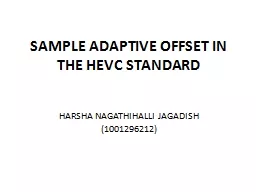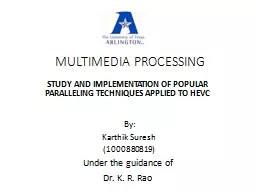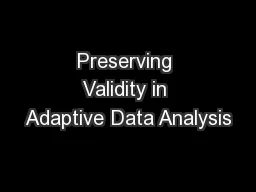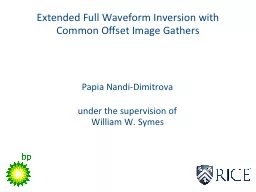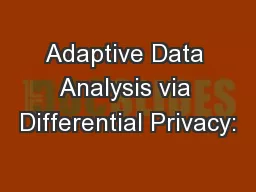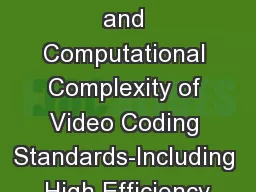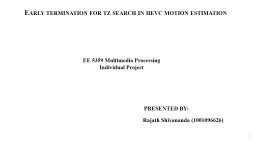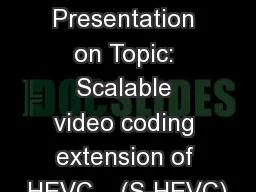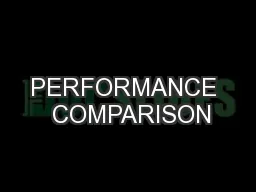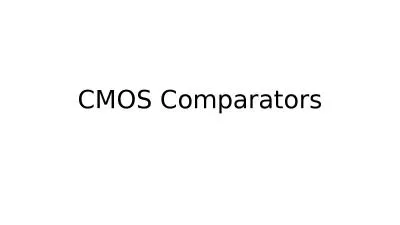PPT-SAMPLE ADAPTIVE OFFSET IN THE HEVC STANDARD
Author : trish-goza | Published Date : 2017-05-24
HARSHA NAGATHIHALLI JAGADISH 1001296212 Acronyms AVC Advanced Video Coding BS Boundary Strength CODEC COder DECoder Croma Chrominance CTU Coding Tree Unit CU
Presentation Embed Code
Download Presentation
Download Presentation The PPT/PDF document "SAMPLE ADAPTIVE OFFSET IN THE HEVC STAND..." is the property of its rightful owner. Permission is granted to download and print the materials on this website for personal, non-commercial use only, and to display it on your personal computer provided you do not modify the materials and that you retain all copyright notices contained in the materials. By downloading content from our website, you accept the terms of this agreement.
SAMPLE ADAPTIVE OFFSET IN THE HEVC STANDARD: Transcript
Download Rules Of Document
"SAMPLE ADAPTIVE OFFSET IN THE HEVC STANDARD"The content belongs to its owner. You may download and print it for personal use, without modification, and keep all copyright notices. By downloading, you agree to these terms.
Related Documents

